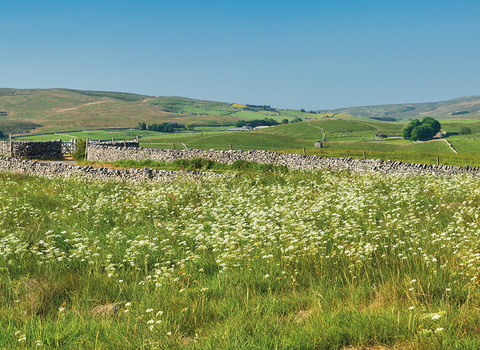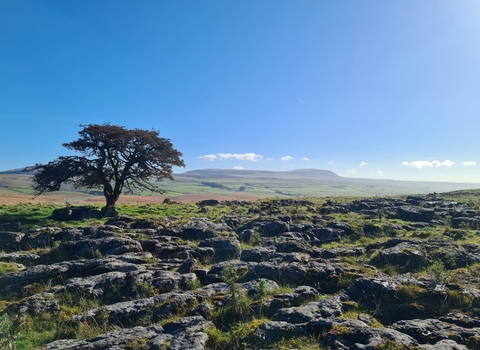
Ashes Pasture - (C) Dwayne Martindale

©Neil Aldridge
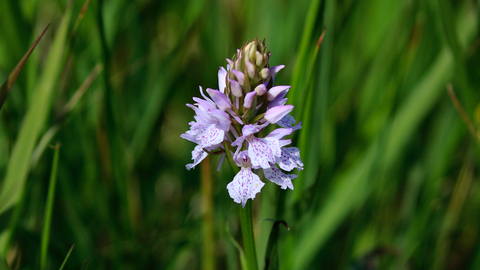
Spotted orchid - Ashes Pasture (c) Judith Greaves
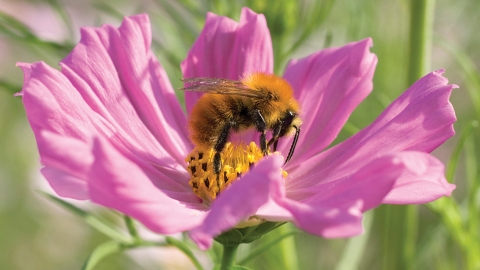
Ashes Pasture Nature Reserve
Location
Know before you go
Dogs
When to visit
Opening times
Open at all times. We recommend a half day visit for this reserve. However, if you'd like to stay longer why not visit our other nearby reserves (Salt Lake Quarry, Southerscales and Brae Pasture).Best time to visit
May to JuneAbout the reserve
When the blanket of beautiful wildflowers is buzzing with bees, and the calls of cuckoos, curlews and skylarks drift on the breeze, there are few finer places to be than idyllic Ashes Pasture in late spring. It’s a joy for orchid lovers, supporting ten species including the scarce small white orchid and heath spotted orchid. Other colourful flowers to enjoy include devil’s-bit scabious, globeflower and bird’s-eye primrose. In autumn, look for goldfinches feeding on the seeds of meadowsweet and the common carder bee nectaring on late blooms.
Contact us
Environmental designation
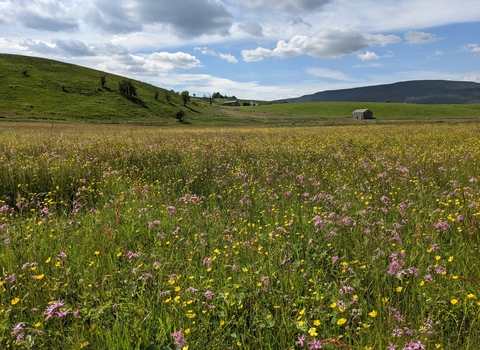
Ashes Pasture - (C) Dwayne Martindale
Want to visit Ashes Pasture from the comfort of your own home?
We are lucky to look after an incredible range of nature reserves from the rolling hills of the Dales to the white cliffs of the coast.
Unfortunately, some of our reserves are not easily accessible for everyone.
Instead, why not take this virtual tour around Ashes Pasture and discover some of its best-kept secrets - from the comfort of your own home! Just hit 'slideshow' on the top right to get started.
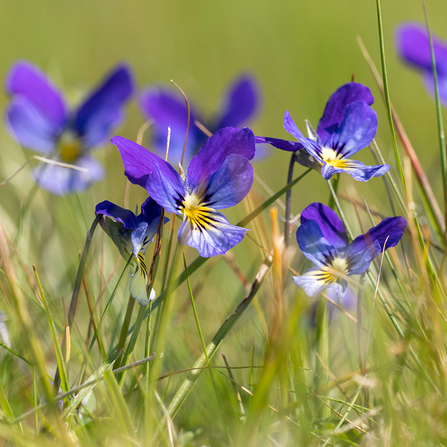
Mountain Pansies - (C) John Potter
New heights for nature
Ingleborough and its iconic foothills are the last stronghold for rare and threatened species that are found nowhere else in the world.
We must protect, restore and reconnect this iconic landscape today before these species are lost forever.
About
This reserve is designated as a Special Site of Scientific Interest (SSSI) and a Special Area of Conservation (SAC) due to its species-rich grasslands.
Ashes Pasture is made up of a number of different habitat types including acid grassland, wet flush, wooded gill, hay meadow, neural and calcareous grassland. The diversity of habitats and environmental factors lead to high botanical diversity. The site can be divided into the predominately acid grasslands on its upper slopes with areas of calcareous influence leading to high plant diversity. The lower pastures are managed as a hay meadow which produces a herb-rich grassland.
The reserve supports several nationally rare species of flora including over 12 species of orchid such as the nationally scare small white orchid; bird’s-eye primrose; and blue-moor grass.
A wooded gill on the reserve provides suitable habitat for black grouse, while the rush pasture provides cover for snipe through the winter.
Come the spring common spotted orchid, fragrant orchid and wood cranesbill bring colour to the meadow and curlew can be heard calling from the fields surrounding the meadow.
In summer greater butterfly orchid, devil’s bit scabious and globeflower can be seen and skylark call over the reserve.
The autumn months offer the potential to see painted lady butterfly and common carder bee and in winter snipe use the rushes as cover and meadow pipit can be seen.
Seasonal highlights
- Spring: Plants - Fragrant orchid; Wood cranesbill; Birds - Curlew; Cuckoo
- Summer: Plants - Greater butterfly orchid; Devils-bit scabious; Globeflower, Heath Spotted Orchid; Birds - Skylark, Barn Owl, Stonechat, Willow Warbler
- Autumn: Invertebrates - Painted lady; Common carder bee; Birds - Flocks of finches & thrushes
- Winter: Birds - Meadow Pipit, Barn owl, Kestrel
Directions
Public transport
The nearest train station is Ribblehead, from where it is a 1.5 mile walk along the road to the reserve.
By car
Off the B6479 I mile south of the B6255 junction (Ribblehead)
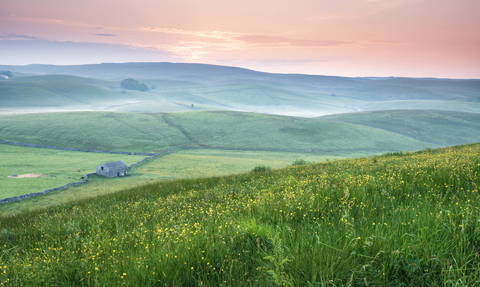
Ashes Pasture - (C) John Potter

